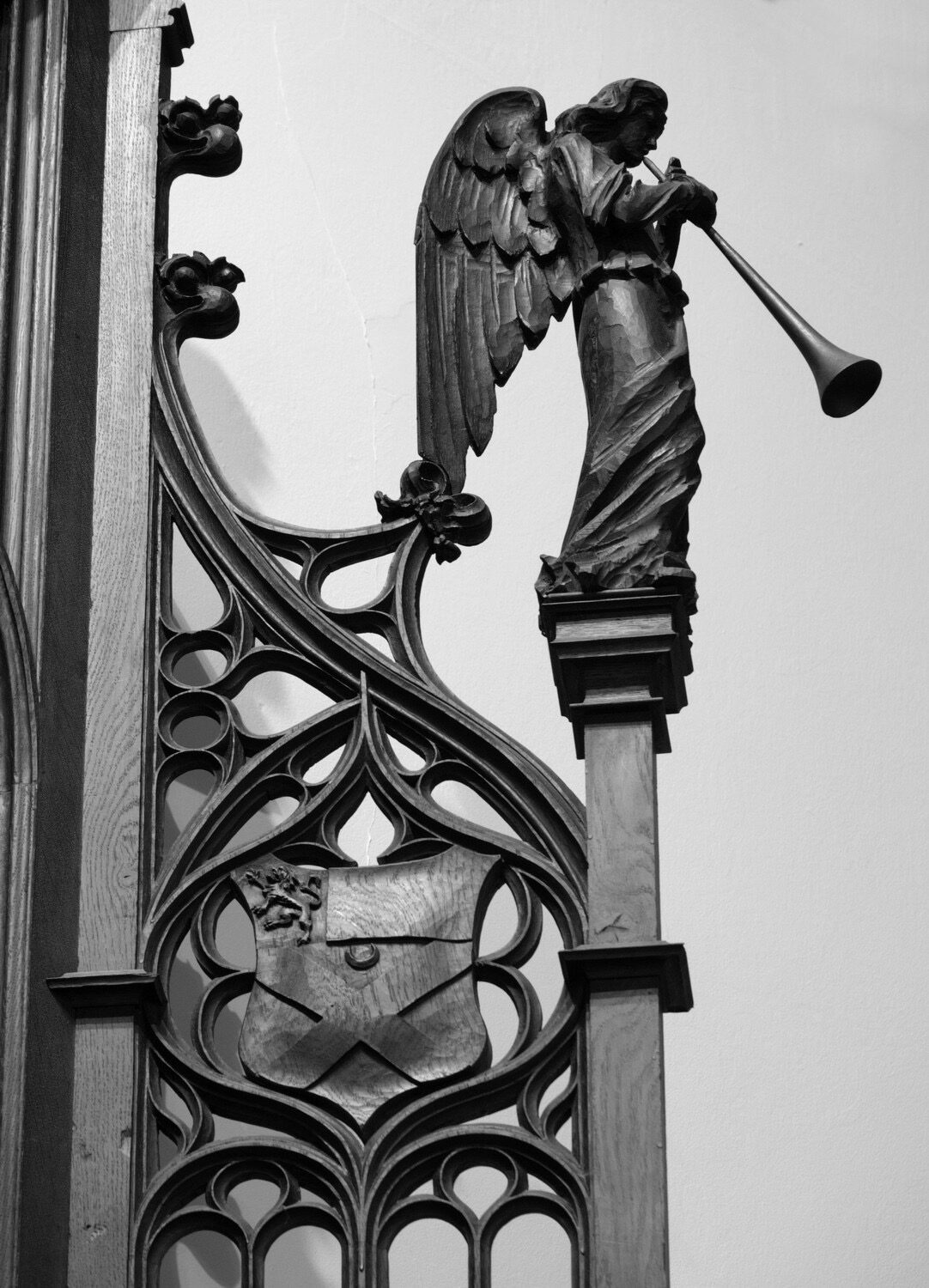The Birth of the Christmas Card
from JSTOR.org
“Cultures have enjoyed sharing written New Year’s greetings for centuries. The English-speaking ritual of sending holiday cards, however, dates back only to the middle of the 19th century. Some sources say it originated with Thomas Shorrock, of Leith, Scotland, who, in the 1840s, produced cards showing a jolly face with the caption “A Gude Year to Ye.”
“Credit more commonly goes to Sir Henry Cole, who would later become the first director of London’s Victoria and Albert Museum. He commissioned an artist to create 1,000 engraved holiday cards in 1843. Cole’s greeting featured a prosperous-looking family toasting the holidays, flanked on both sides by images of kindly souls engaging in acts of charity. A caption along the bottom read, “A Merry Christmas and a Happy New Year to You.”’
ADVENT
The gift of light
I thankfully hold
And pass to my neighbour
Its shining gold
That everyone may
Feel its glow,
Receiving and giving
May love and grow.
When all our brothers
Have lit their light
No more shall continue
The darkness of night:
But joyful all men
The message shall hear:
‘The Christ draws near!’
–Anonymous
TRADITIONAL CHRISTMAS STOLLEN
INGREDIENTS (FOR 2 STOLLEN)
300g sultanas
100g candied lemon peel
100g candied orange peel
200g almonds
4tbsp rum or lemon juice
750g spelt flour
80g fresh yeast
1tsp vanilla essence
1 pinch salt
1 cup milk
300g butter
100g sugar
Icing sugar for dusting
Chop the candied lemon and orange peel, and the almonds finely. Pour the rum over them and allow to soak for at least an hour.
Sift the flour into a bowl and make a well in the centre. Put the salt, sugar and vanilla essence around the edge. Chop the butter into cubes and scatter on top of the flour.
Dissolve the yeast in the lukewarm milk. Add this to the flour mixture and knead everything into a firm dough.
Leave to rise in a warm place for 30 minutes.
Once risen, divide into two halves. With a rolling pin, roll each into a rectangle. Fold the two longer sides into the middle, so they overlap, creating the traditional Stollen shape.
Place on a baking tray lined with parchment and leave to rise a further 30 minutes.
Bake at 190C for an hour (monitor). Cool on a wire rack. Dust with icing sugar before serving.
Stollen may keep for many weeks, but is especially nice eaten warm and fresh.
Those who are GF or vegan, may adjust the ingredients accordingly.
“The traditional Christmas Stollen dates back to the thirteenth century, and stems from the continental tradition of baking specific shapes for special occasions. The folded dough was intended to symbolise the manger, or the baby Jesus wrapped in swaddling clothes…
“It is the Christmas Stollen from Dresden that has become world famous. There are hundreds of different recipes that are all quite rich. For a long time, eating Stollen used to be reserved for kings and dukes, for the rich clergy and aristocracy…” –Dhom, Christel. The Advent Craft and Activity Book. ISBN: 978-086315-912-1
Let us pray,
People of God: AWAKE!
The day is coming soon
When you shall see God face to face.
Remember the ways and the works of God.
God calls you out of darkness
To walk in the light of His coming.
You are God’s children.
Amen.

